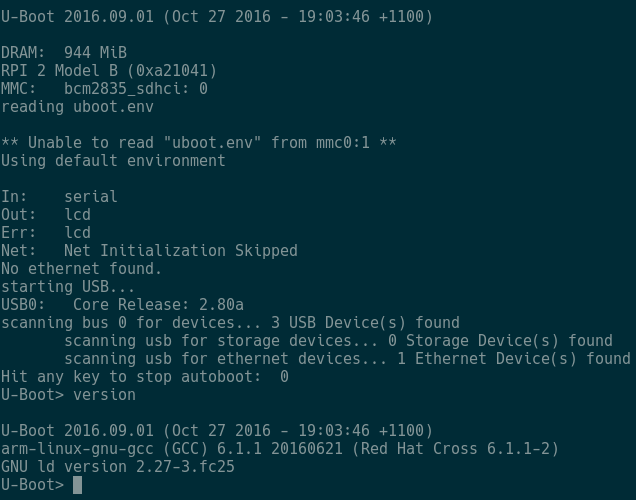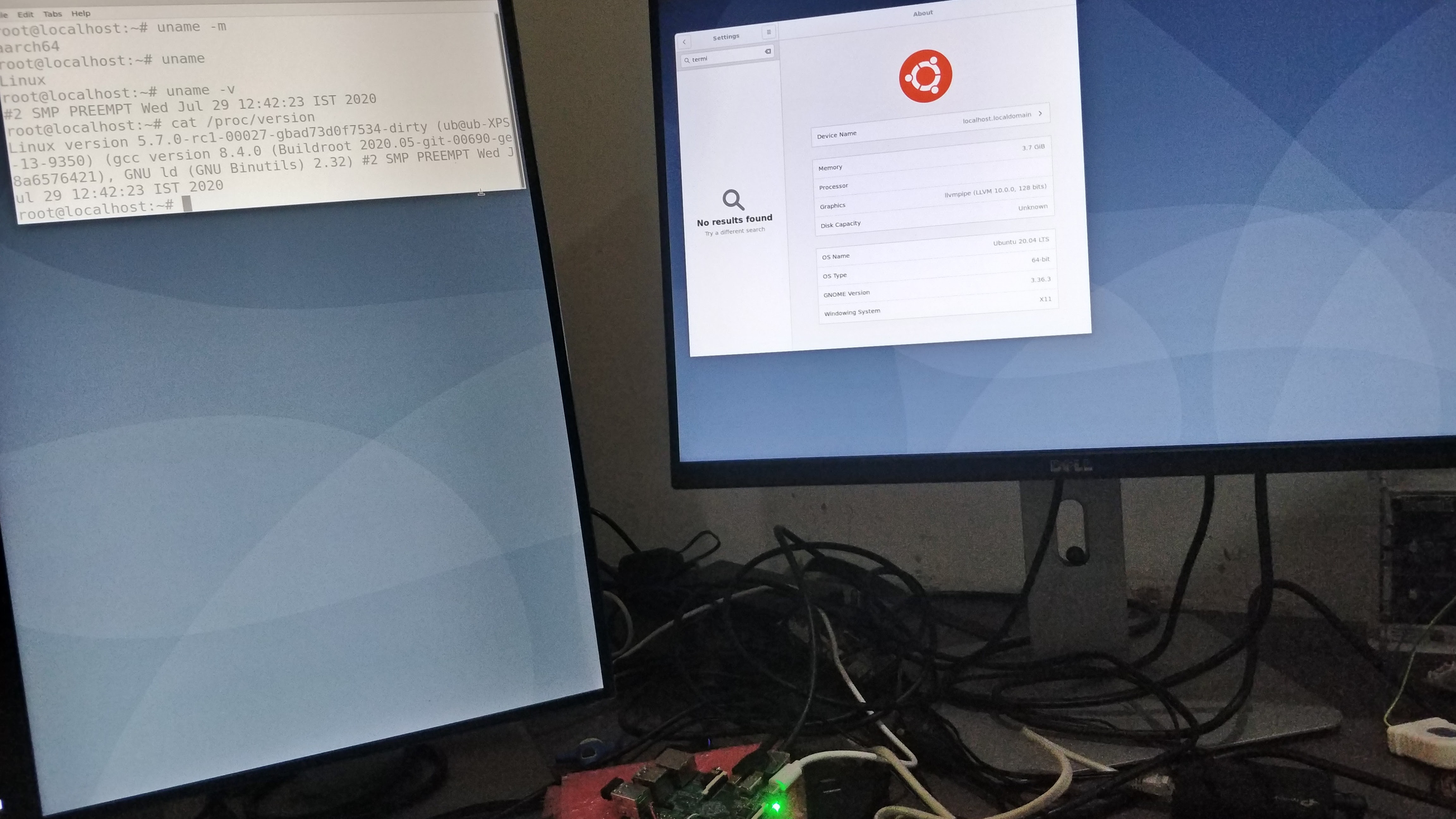

In this case the bootm command consists of three steps: first the Linux kernel image is uncompressed and copied into RAM, then the ramdisk image is loaded to RAM, and finally control is passed to the Linux kernel, passing information about the location and size of the ramdisk image. If it is present, it is interpreted as the start address of a initrd ramdisk image (in RAM, ROM or flash memory). The first argument to bootm is the memory address (in RAM, ROM or flash memory) where the image is stored, followed by optional arguments that depend on the OS.įor Linux, exactly one optional argument can be passed. Depending on the OS it will pass the required boot arguments and start the OS at it's entry point. The command will then load the image to the required memory address, uncompressing it on the fly if necessary. From the image header it gets informationĪbout the type of the operating system, the file compression method used (if any), the load and entry point addresses, etc. The bootm command is used to start operating system images. ' when booting a Linux kernel,‘arg' can be the address of an initrd image Other useful commands are run that runs the commands stored in an environment variable, bdinfo that print the informations about the board and fatload that load binary file from FAT file system.Bootm ] - boot application image stored in memory passing arguments 'arg

So if you want to customize the boot process you have to modify this environment variable. The boot command, instead, is the command executed by default at the boot and it runs the actions setted in bootmcd environment variable. They respectively print a list of all environment variables, configure an environment variable, save the environment variables to persistent storage and set environment variables to the default settings. Other four important commands are printenv, setenv, saveenv and envreset. To see the explanation of one particular command you have to type: Ī very important command is the help command or ? that prints a list of all possible commands with a short explanation.
U BOOT LINUX MANUAL
To learn more about specific themes visit the U-boot on-line manual at the site. This section is a quick guide to the U-boot command line. $ make ARCH=arm CROSS_COMPILE= bootz 0x46000000 - 0x49000000`Īt the next boots the board will boot automatically.
U BOOT LINUX DOWNLOAD
You can download U-boot from Github typing the following commands:Ĭonfigure and build U-boot it's easy because U-boot supports many Orange Pi boards via defconfig, so you just need to type: We suggest the use of Das U-boot: it's an open source bootloader used especially to load Linux in several architectures including ARM. The bootloader is the program that loads the Operating System kernel from the secondary memory to the primary memory (generally RAM) so the processor can excute it and starts the boot of the system. The next step is the cross compilation of the bootloader.

Warranty not even for MERCHANTABILITY or FITNESS FOR A PARTICULAR PURPOSE.
U BOOT LINUX SOFTWARE
This is free software see the source for copying conditions. The output of this command should be something like:Īrm-linux-gnueabihf-gcc (Linaro GCC 7.2.1-2017.11) 7.2.1 20171111Ĭopyright (C) 2017 Free Software Foundation, Inc. You can verify the correct installaton of the cross compiler typing the command: It's suggested for the next uses to save the path of the cross compiler in an enviroment variable: Then extract the tarball with the followign command: Alternatively you can open a terminal and use wget command, for example to downloade the release 7.2.1-2017.11 you have to type: To download the latest release you can visit this site, choose a release and download the tarball gcc-linaro-x86_64_. We suggest the use of Linaro GCC toolchain. The first step to do is getting an ARM cross compiler.


 0 kommentar(er)
0 kommentar(er)
